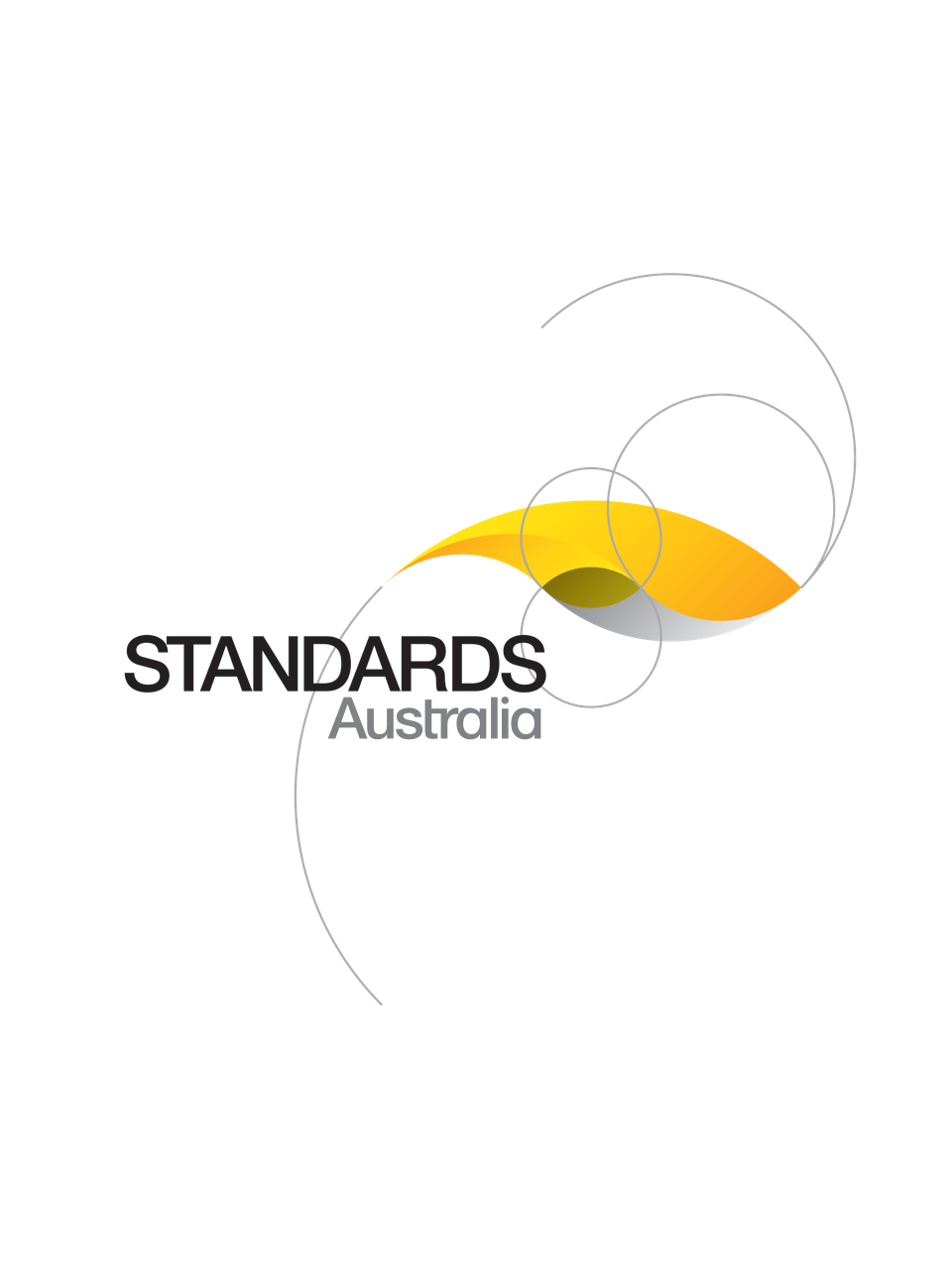Standard
Track updates
AS 5830.2-2012
[Pending Revision]In-line ball valves for use in plumbing water supply systems, Part 2: Plastics-bodied
Sets out requirements for DN 6 to DN 110 plastics-bodied in-line ball valves for use in plumbing water supply systems, which include, but are not limited to, 2 way and 3 way valves.
Published: 27/02/2012
Pages: 31
Table of contents
Cited references
Content history
Table of contents
Header
About this publication
Preface
1 Scope and general
1.1 Scope
1.2 Application
1.3 Normative references
1.4 Definitions
1.5 Designation of size
1.6 Allowable pressures
2 Materials and components
2.1 General
2.2 Metallic materials
2.2.1 General
2.2.2 Copper alloy
2.2.3 Dezincification-resistant (DR) copper alloy
2.2.4 Stainless steel
2.3 Plastics materials
2.3.1 General
2.3.2 Composition
2.3.2.1 General
2.3.2.2 Reprocessable material
2.3.2.3 Plastics-moulded material test
2.3.2.4 Plastics-bodied valves test
2.3.2.5 Opacity test
2.3.3 UV resistance
2.3.4 Elastomeric materials
2.3.5 Resistance to chemical degradation
2.4 Effect on water
3 Design
3.1 General
3.2 Nominal size relationship
3.3 Design of the shell and obdurator
3.4 End connections
3.4.1 Threaded end connections
3.4.2 Flanged end connections
3.4.3 Compression ends for plastics pipe
3.4.4 Butt fusion, spigot and socketed ends for plastics pipe
3.4.5 Other connection ends
3.5 Operating mechanisms
3.6 Pressure/temperature rating
3.7 Finish and workmanship
3.7.1 General
3.7.2 Finish
4 Testing
4.1 Type tests
4.1.1 General
4.1.2 Mechanical strength
4.1.2.1 Resistance to internal hydrostatic pressure of the shell and of all pressure-containing components (Test A)
4.1.2.2 Resistance of the obdurator to differential pressure (Test B)
4.1.2.3 Strength of operating mechanism (Test C)
4.1.3 Leak-tightness and seat-tightness
4.1.3.1 Leak-tightness of the shell and of all pressure-containing components
4.1.3.1.1 General
4.1.3.1.2 Leak-tightness to internal pressure (Test D)
4.1.3.1.3 Leak-tightness to external pressure (Test E)
4.1.3.2 Seat-tightness
4.1.3.2.1 Seat-tightness at high differential pressure (Test F)
4.1.3.2.2 Seat-tightness at low differential pressure (Test G)
4.1.4 Endurance (Test H)
4.2 Production tests
5 Marking and documention
5.1 Marking
5.2 Installation instructions
Appendix A
A1 Scope
A2 Relevance
A3 Product certification
A4 Testing
A4.1 General
A4.2 Retesting
Appendix B
B1 General
B2 Information to be supplied by the purchaser
B3 Information to be supplied by the manufacturer
Appendix C
C1 Scope
C2 Test requirements—Materials with time-dependent mechanical behaviour
C3 Apparatus
C4 Procedure
C5 Pass criterion
C6 Test report
Appendix D
D1 Scope
D2 Test requirements—Materials with time-dependent mechanical behaviour
D3 Apparatus
D4 Procedure
D5 Pass criterion
D6 Test report
Appendix E
E1 Scope
E2 Principle
E3 Application
E4 Apparatus
E5 Procedure
E6 Pass criterion
E7 Test report
Appendix F
F1 Scope
F2 Principle
F3 Apparatus
F4 Procedure
F5 Pass criterion
F6 Test report
Appendix G
G1 Scope
G2 Principle
G3 Apparatus
G4 Procedure
G4.1 Test pressure
G4.2 Test duration
G4.3 Acceptance criteria
G4.4 Test procedure
G5 Pass criterion
G6 Test report
Appendix H
H1 Scope
H2 Application
H3 Apparatus
H4 Procedure
H5 Pass criterion
H6 Test report
Cited references in this standard
[Current]
Guide to the choice of series of preferred numbers and of series containing more rounded values of preferred numbers
AS/NZS 4331
Metallic flanges (series)
One-time Purchase
Access via web browser on any device
One-time purchase
Single publication
Offline access via PDF^
$149.01 AUD
Inclusive of GSTFormat *
Web Reader
Licenses *
1 License (for yourself - not shareable)
Total$149.01 AUD
IMPORTANT
